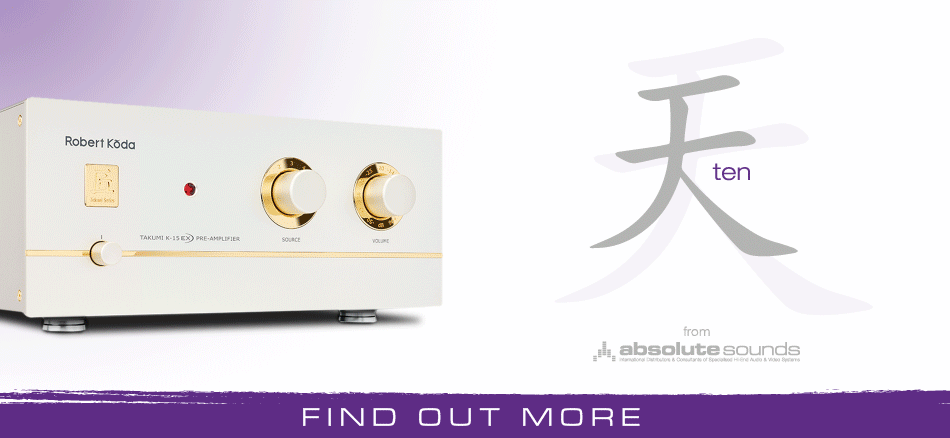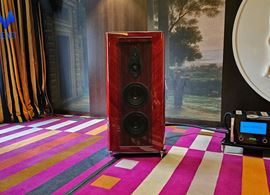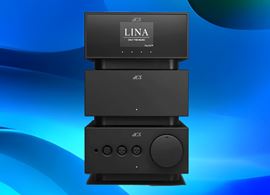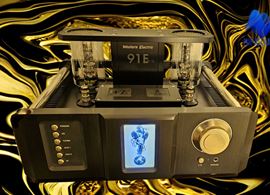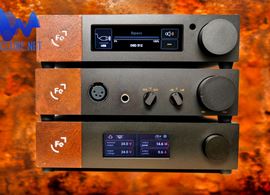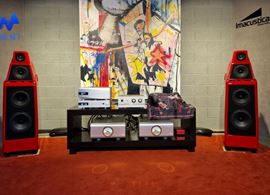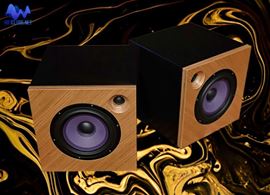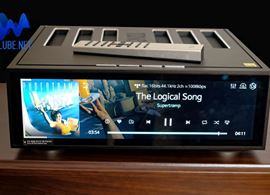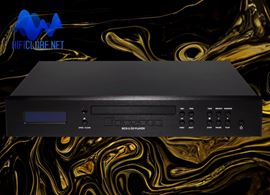Due to scheduling constraints, I did not receive any new products to review this week. Instead, I took advantage of a fortunate coincidence that allowed me to assemble three existing products, which had already been tested at Hificlube and were still sitting around in my studio (click the titles below to view the reviews), along with some headphones I had on hand. By combining these, I aimed to make the most of each one's strengths.
- Eversolo Play – I Wish I Knew
- Luxsin X9: Your Music, Your Rules
- Austrian Audio's Full Score One – A Viennese Waltz
From the Eversolo Play, which also delivers as a speaker amplifier, I used only the network player (Streamer) section; from the Luxsin X9, which serves as both a preamplifier and headphone amplifier, I utilised the digital conversion circuit (DAC); finally, I chose the Full Score One to handle the analogue duties, feeding the following headphones exclusively via its balanced output (XLR-4).
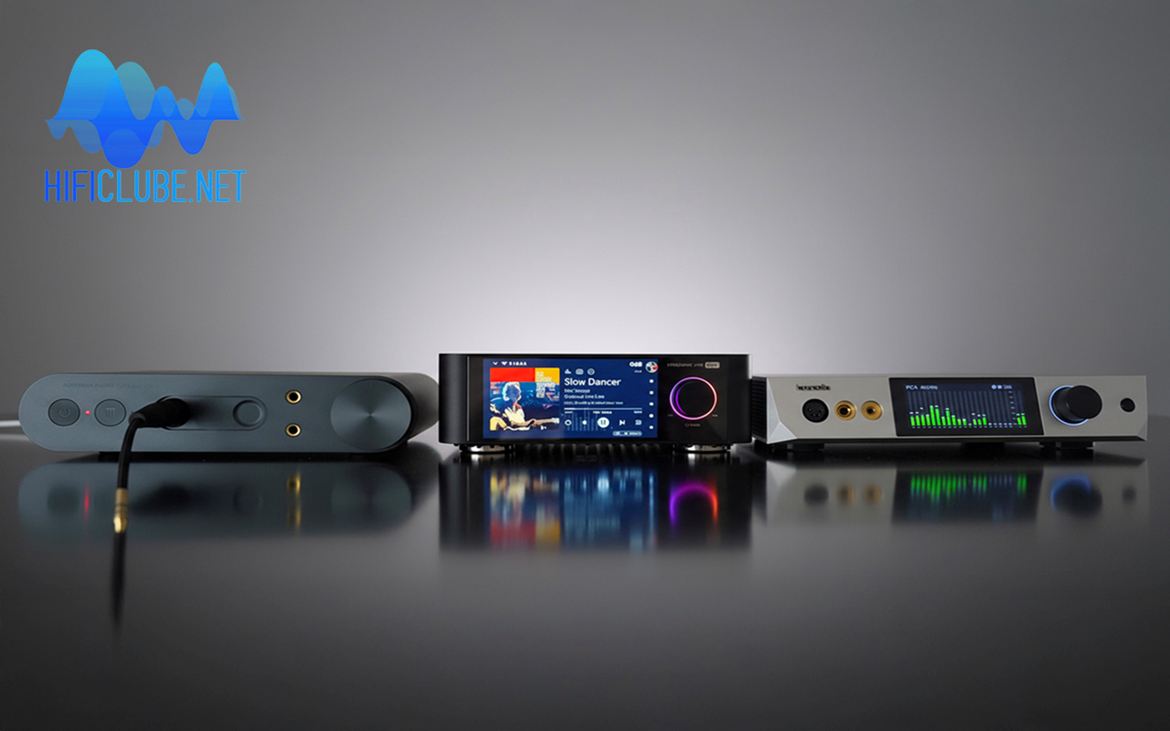
Serenade for Trio - Eversolo Play – Luxsin X9 – Austrian Audio Full Score One
I connected the Play to the X9 using a USB cable, with the respective digital and analogue outputs set to maximum (0 dB). Then I connected the latter to the Full Score using balanced cables, adjusting the analogue volume control to my preferred level. Since each of these headphones has its own distinctive character (as noted in the respective reviews), I used Play's parametric EQ (USB output) to try to achieve the most suitable response for the music programme, my acoustic sensitivity, and personal taste.
Freed from the DAC function, the Play performed as expected, delivering a clean, stable, and predictable digital stream (with and without EQ), featuring a black background, no digital noise, and transients that illuminate the darkness without excessive halo. This makes life easier for the X9's DAC.
The Luxsin X9 took the baton and gave it body, scale, and focus, adding texture to the voices, brightness and harmonic colour to the brass, and attack to the percussion. With the bonus of being able to “widen” the stage, although I almost always preferred flat mode, leaving the sound seasoning to the Play's EQ.
But the final analogue word went to the Full Score One, with impressive gain control, which gave authority to the sound, revealing a substantial reserve of dynamic headroom and proving to be the conductor guiding this trio of virtuosos.
Separating the functions yields clear benefits: the Play, in its role as a digital transport, avoids the temptation to “process”; the X9 is not distracted by preamplification functions, focusing solely on digital conversion; and the Full Score One receives an unaltered signal, organises it, manages it and amplifies it.
There is an almost studio-like logic here: a clean source, a capable DAC at the forefront of digital technology, and a power stage (for headphones) that combines both strength and finesse with rhythmic discipline, spatial stability, and tonal authenticity—a hi-fi trio that delivers high-end performance.
If only politics were like that, with everyone understanding their role in society, doing their best to serve the audiophile community, and leaving the squabbling behind, not flaunting power, but using it wisely. Ultimately, what matters is the music.

